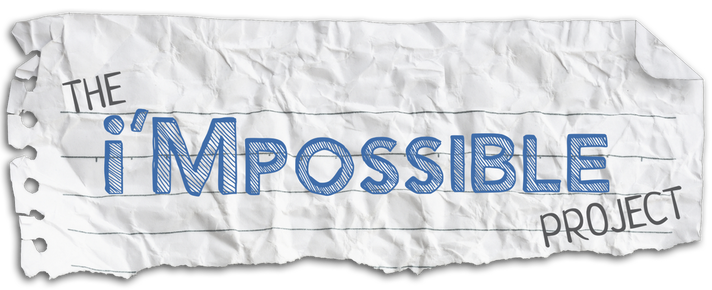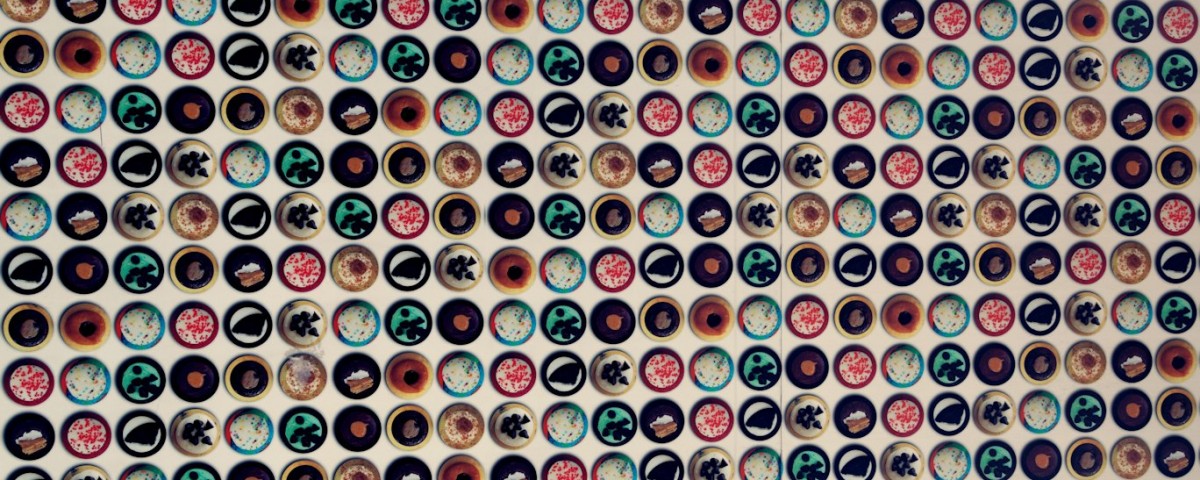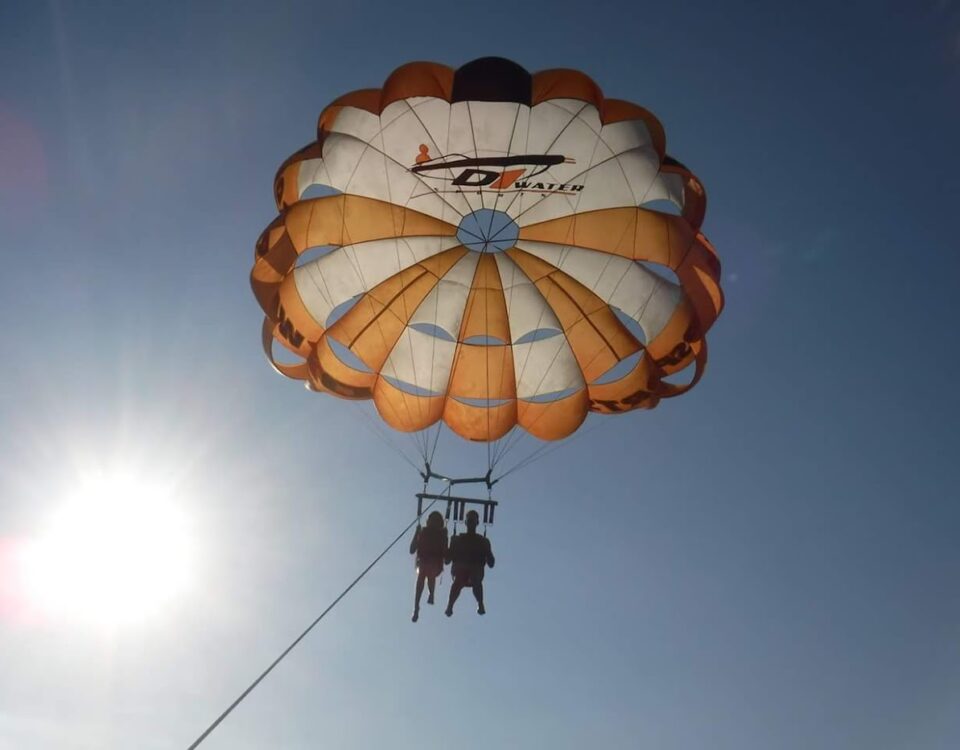
Improving the Quality of Psychiatry in Malta
May 14, 2015
Storytelling will Save the World… Yes, Even Yours
September 28, 2015Deep Brain Stimulation for the treatment of Obsessive Compulsive Disorder
An introduction to Obsessive Compulsive Disorder
Obsessive Compulsive Disorder (OCD) or as it was formerly known, Obsessive Compulsive Neurosis, is a common anxiety disorder that has a lifetime prevalence of around 1.5 to 2 % (Kessler, Chiu et al. 2005). As its name suggests, the disorder is characterised by two main components, obsessions and compulsions. Obsessions usually take the form of intrusive thoughts or images that persist or reappear, despite efforts to ignore them or reason them out. They are also ego-dystonic in nature, that is, they go against the beliefs that the person holds about themselves. This is an important differentiator between OCD and Obsessive Compulsive Personality Disorder (OCPD), where the obsessions are by contrast, ego-syntonic, that is, they are experienced as being reasonable or correct and compatible with the person’s self-image. Obsessions generate much anxiety in the sufferer, who classically, has an urge to mitigate this anxiety by performing a compulsive and frequently ritualistic act. However, research (Weissman, Bland et al. 1994) has shown that in up to 60% of cases, the compulsions are either not directly manifest or restricted to covert, mental rituals or avoidance behaviour of situations which are likely to trigger the obsessions. This is known as Primarily Obsessional OCD or Pure OCD and is thought to be one of the hardest forms of OCD to treat (Hyman and DuFrene 2008).
Treatment Resistance
Like other mental health disorders, the treatment for OCD has a long and chequered history within the field of psychiatry, with attempts at neurosurgical treatment performed as early as the 1880s by the Swiss psychiatrist Burckhardt. Since then, treatment for OCD has mainly involved the use of psychotropic medications and/or psychotherapies, such as Cognitive Behavioural Therapy. However, treatment resistance remains a problem for a substantial number of patients, who will continue to experience symptoms of OCD (Eddy, Dutra et al. 2004) despite these available treatment options. Following advances in our understanding of neuroanatomy, neurophysiology and neurosurgery, a new surgical technique known as Deep Brain Stimulation (DBS) was established. DBS was first approved by the FDA as a treatment option for essential tremor and subsequently for Parkinson's disease and dystonia, and more recently for the treatment of severe and treatment resistant OCD. DBS involves the surgical implantation of electrodes into one or two nuclei in the brain (for OCD - most frequently into the nucleus Accumbens), which are connected via a lead to a device known as an implanted pulse generator (IPG), which is inserted subcutaneously below the collarbone or in the abdomen. The IPG transmits impulses to the electrodes, which in turn affect the neural activity at the target site and can be calibrated externally through a wireless controller (Starr, Martin et al. 2010).
Systematic Review and Evidence-Base for the use of DBS
A recent study (Herman et al, 2014) represents a Systematic Review and Evidence-Based Guideline for the use of Deep Brain Stimulation in the treatment of Obsessive Compulsive Disorder. Three researchers used the PRISMA Checklist method to conduct and report the systematic review. A literature search of PubMed spanning the years 1966 to 2012 was carried out resulting in 353 abstracts. Clinical series with 6 or more patients treated with DBS and a minimum postoperative follow-up of 6 months were chosen as the main inclusion criteria, resulting in 6 original articles being retrieved for final analysis. Response was defined differently according to the type of study. In double-blind studies comparing active vs sham stimulation, response was achieved if the differences between scores reached statistical significance and had a magnitude of at least 25%. In open-label studies, response was achieved if there was a minimum 35% improvement when post operative “on” stimulation scores were compared with those recorded before surgery.
Results
AANS/CNS criteria were used to grade the strength of recommendations into Level I, II, or III which was linked to the level of evidence supporting the recommendation.
Level I Evidence: One study fulfilled criteria for this level of evidence. In this study, bilateral electrodes were implanted in a region of the subthalamic nucleus that was 2 mm anterior and 1 mm medial to the target commonly used in Parkinson disease. A total of 18 patients who were treatment resistant to medications and behavioral therapy were enrolled at 10 academic centers and results showed statistically significantly lower YBOCS scores at the end of the “on” vs “off” phases (19 vs 28; 32%, P = .01).
Level II Evidence: There were two studies that were included in Level II evidence, and electrodes were implanted in the nucleus accumbens in both these studies. The first study included 16 patients and resulted in a significant 8.8-point reduction in the YBOCS score when patients were treated with active vs sham stimulation (30%, P = .003). In the second study, no significant differences were recorded when “on/off” stimulation scores were compared during the blinded phase of the trial.
Level II Evidence: There were two studies that were included in Level II evidence, and electrodes were implanted in the nucleus accumbens in both these studies. The first study included 16 patients and resulted in a significant 8.8-point reduction in the YBOCS score when patients were treated with active vs sham stimulation (30%, P = .003). In the second study, no significant differences were recorded when “on/off” stimulation scores were compared during the blinded phase of the trial.
Level II Evidence: There were two studies that were included in Level II evidence, and electrodes were implanted in the nucleus accumbens in both these studies. The first study included 16 patients and resulted in a significant 8.8-point reduction in the YBOCS score when patients were treated with active vs sham stimulation (30%, P = .003). In the second study, no significant differences were recorded when “on/off” stimulation scores were compared during the blinded phase of the trial.
Level III Evidence: Four studies generated this level of evidence. DBS targets in these studies were the nucleus accumbens, ventral capsule/ventral striatum (which includes the nucleus accumbens), subthalamic nucleus, and inferior thalamic peduncle. DBS was found to be effective in all the targets described except when unilaterally administered to the nucleus accumbens. The average reduction in YBOCS scores across trials was between 39% and 51%.
Author's Discussion and Conclusion
The authors of the systematic review make the following recommendations:
1. There is Level I evidence, based on a single Level I study, for the use of bilateral subthalamic nucleus DBS for the treatment of medically refractory OCD.
2. There is Level II evidence, based on a single Level II study, for the use of bilateral nucleus accumbens DBS for the treatment of medically refractory OCD.
3. There is insufficient evidence to make a recommendation for the use of unilateral DBS for the treatment of medically refractory OCD.
The location of the most effective target for the DBS electrodes is probably the most important future consideration for studies of this nature. Based on active vs sham stimulation comparisons, bilateral stimulation of the nucleus accumbens appears more effective than only right-sided stimulation. However, a comparison between the efficacy of subthalamic vs accumbens stimulation has yet to be studied. The other important future consideration for the use of DBS in the treatment of OCD is patient selection, since it is well known that OCD comprises different clinical phenotypes (Miguel, Leckman et al. 2004) and that specific DBS targets might be more suitable to treat a specific set of symptoms. The authors give the example of the hoarding subtype of OCD, were patient response to DBS is not ideal. One final consideration that the authors make is with respect to predictors of good prognosis, be they electrophysiological, morphological (neuroimaging), functional or clinical, since they will have an impact on the success in treating OCD patients with DBS.
The authors conclude that DBS for OCD remains more time-consuming to manage than DBS for movement disorders, especially in the United States. The reason given for this, is the complicated approval process that has been put into place by the FDA in order to limit the potential for overuse of this treatment procedure. The authors argue though that this additional red-tape is limiting the use of DBS as a viable treatment option for treatment resistant OCD and go on to state that multidisciplinary committees with shared decision making between neurosurgeons should be a sufficient safeguard and will facilitate the uptake of this procedure for the treatment of refractory OCD.

